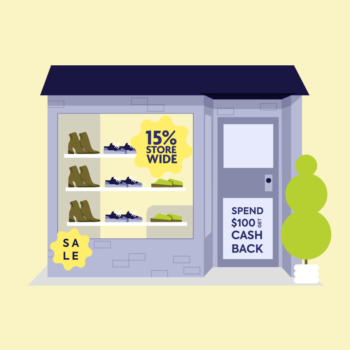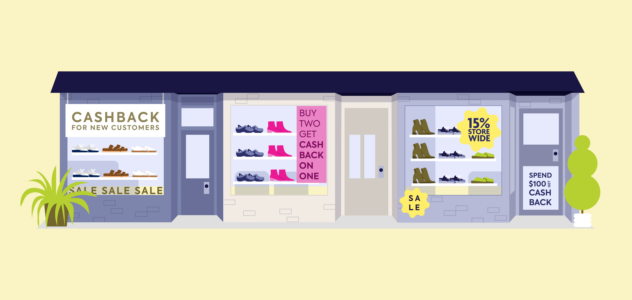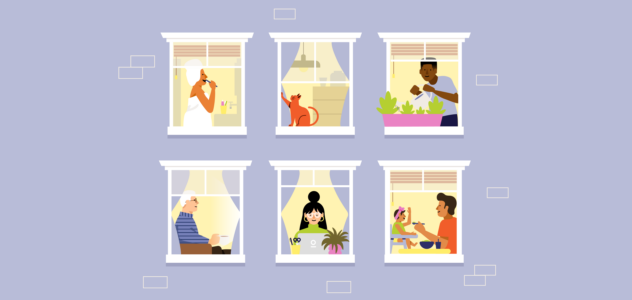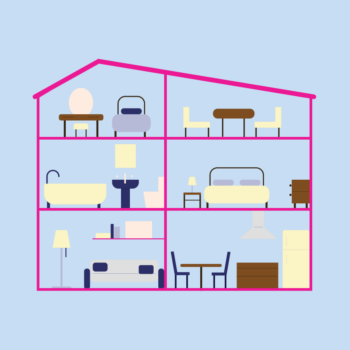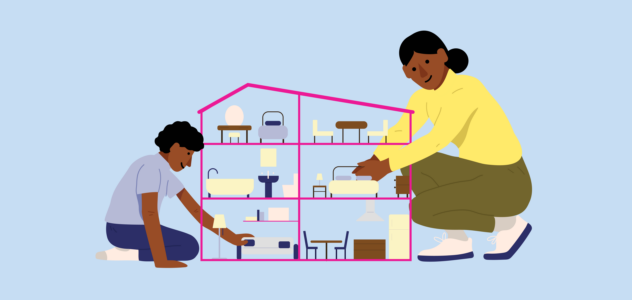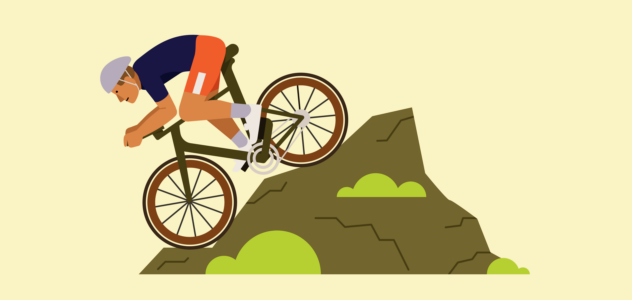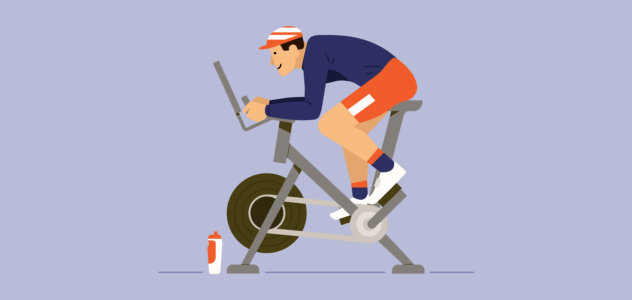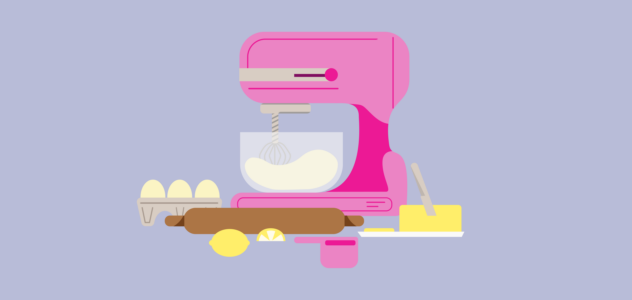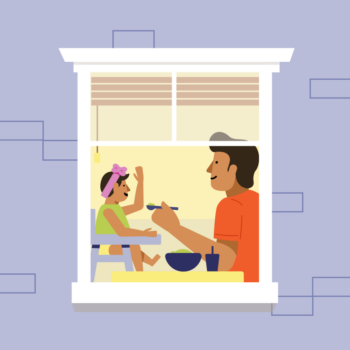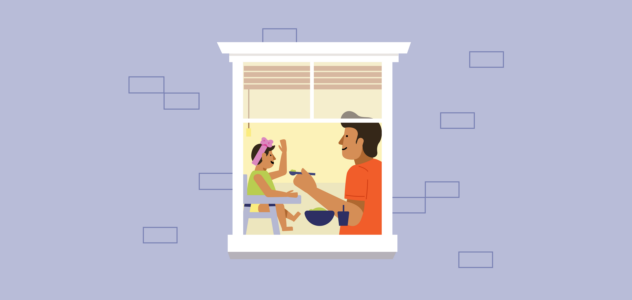You’ve found the perfect home or you’re ready to buy but property values are running away from you and you don’t quite have enough savings for a 20% deposit (plus any other charges that might apply like stamp duty…*sigh*).
No biggie. In some cases, lenders will approve a home loan that lets you buy a house with a deposit of less than 20% of the property value. Woo!
But sometimes this also means the lender may be at a higher risk of having a loss if things go bad.
Enter Lenders Mortgage Insurance (or LMI).
LMI is a specialist insurance a lender takes out to insure itself against any risk that the loan isn’t repaid in full. That might happen if you default on your home loan and the lender needs to sell the property to cover the outstanding debt, including all the costs of recovery.
LMI can be expensive and it’s about as ideal as a total washout on Grand Final Day. If you can avoid it, good for you. But if it means you get on the property ladder sooner, things could work out well too.
So what is LMI, really?
LMI stands for Lenders Mortgage Insurance. It’s all in the name. It’s insurance a lender takes out, usually (but not always) when you’re borrowing more than 80% of a property’s value, to cover risks to the lender that the loan could go bad.
Lenders buy the insurance and are covered by it. They pass the premiums on to you but let’s be clear: the insurance protects the lender, not you.
If there’s a risk you might default on your repayments and the sale of the home won’t recoup the outstanding debt and the lender’s costs, the lender loses out. So they get LMI and pass the risk on to a specialised mortgage insurer.
Without LMI, some lenders may be unwilling to take the risk and won’t approve home loan application. Eeep!
How does LMI work?
There’s nothing to it.
If you haven’t saved a big enough deposit, the lender takes out LMI. A “big enough deposit” usually means 20% of the value of the house you want to buy in addition to all expenses, including stamp duty.
Here’s what happens next:
Step 1. The lender pays a premium to the insurer to take out the policy (usually it is up front when the mortgage is settled but not always).
Step 2. The lender passes the cost of the LMI premiums to you, the borrower. This cost is disclosed to you in your home loan contract so you know exactly how much it is.
Step 3. You pay the LMI costs to the lender – usually upfront but not always. Don’t worry—it is possible to finance this cost as part of your actual home loan. This means you’ll pay interest on it like the rest of your loan, which, in turn, means your monthly loan repayments will be slightly higher.
Still following? Confused? Here’s how it could look…
Let’s say you buy a $600k property and borrow $560,000.
> If your LMI premium is around $15,000, you can add it to your loan and apply to borrow $575,000 instead.
> This will add around an extra sixty bucks a month to your repayments and about an extra $7,000 in interest over a 30-year loan (using an owner-occupier interest rate of 2.79%).
Who is mortgage insurance paid to?
There are a few mortgage insurers in Australia—some lenders even supply their own LMI. Two of the biggest mortgage insurers are QBE and Genworth.
Thinking of shopping around? Think again. Most lenders have exclusive agreements with one insurer.
How long does LMI last?
LMI often protects the lender for the lifetime of the loan—which is typically up to 30 years. The nature of this cover is usually a matter for the lender and insurer and not something the borrower is able to influence.
How much is LMI in Australia?
It varies. Once you’ve got the green light on a loan with LMI, often the actual LMI premium doesn’t change depending on where you buy. Inner-city, regional, NSW, QLD—it sometimes makes no difference.
It means that LMI premiums may be calculated based on the amount of money you borrow compared to the value of the property and the deposit you’ve saved.
Take a home loan of $500,000. With a $50,000 deposit, the LMI could cost more than $10,000.
Premiums may also be impacted by whether you plan to live in the property or just use it as an investment.
You can get a decent idea of the amount of LMI you’d have to pay with this Genworth LMI premium calculator.
But there’s good news (yay!). You can reduce your LMI costs by saving a larger deposit or bringing onboard a guarantor to cover a part of your deposit.
How to avoid paying LMI
So paying LMI premiums on top of your home loan… Hardly ideal.
Want to learn some shortcuts that can help you avoid or at least reduce the cost? Why not try:
- Saving a larger deposit (sorry, not really a shortcut but we have to mention it) so you can put down at least 20%, after all of your upfront costs of buying a property, like stamp duty
- Taking on a guarantor to help cover the deposit or reduce the loan to value ratio
- Using the First Home Loan Deposit Scheme (if you’re a first home buyer)
- Considering a lender which offers a monthly LMI premium, instead of an upfront cost
- Seeing if you can go in with someone else—a family member perhaps.
- Contacting Finspo to find out how you can avoid LMI.
So is LMI worth paying?
Sure, Lenders Mortgage Insurance sounds like a piece of work and it’s a good idea to avoid it.
But it’s not all bad. LMI can help first-time buyers get on the property ladder without having to save that hefty 20% deposit. For example…
If you’re renting and it’s only going to cost you $5,000 in LMI premium to grab a spot on the property ladder, you could end up saving money. Especially if it’ll take you a decade more to save a bigger deposit and the market is on the rise.
So LMI might be worth it if:
- You want to get on the property ladder sooner.
- You want to stop paying rent and you’ve found your ideal property for sale.
- It’s a strong market and you’re worried you could end up being priced out of it otherwise.
Getting the financial info you need to enter the property market can be complicated. But we can make it easier for you.
Get started today and talk to a Finspo home loan expert about the best way to get your foot in the door.



